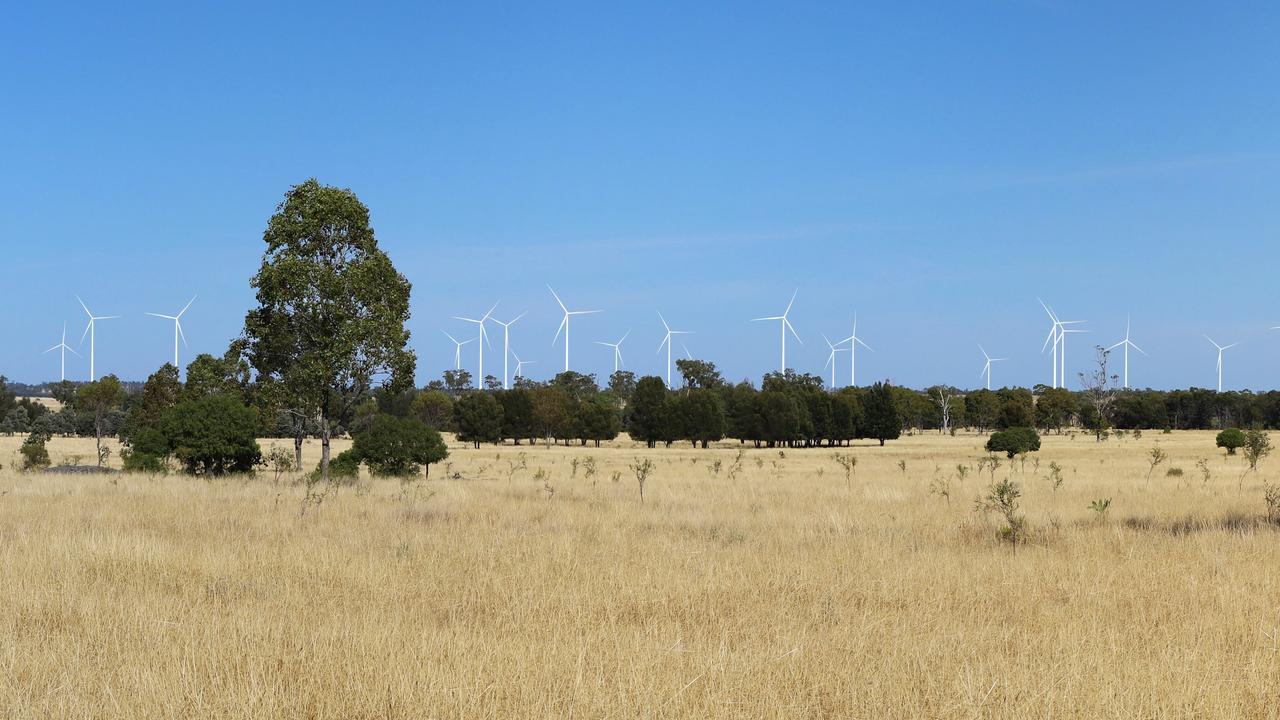Assessment into wind farm ordered over endangered animals
An investigation was launched into the impacts of a renewable energy project on a woodland snail.

AN ENDANGERED species of snail almost halted the development of the Dulacca Wind Farm project for its significant and residual impacts.
Preliminary reports into the project have revealed the wind farm worth $450m, initiated by RES Australia, encroaches on the "essential habitat" of the Dulacca Woodland Snail, and six other species of flora and fauna.
An assessment into the project was demanded after one public comment was received from a property owner based two kilometres from the proposed construction site, who questioned the legitimacy of original investigations into the safety of the project for surrounding environmental habitats and local landowners.
Public complaint.
IN A letter from Marland Law on behalf of the property owner on February 12, 2019, concerns regarding breaches of the Environmental Protection and Biodiversity Conservation Act 1999 (Cth) were raised.
The letter claimed the "study area", where initial safety investigations were completed, only included the 21 "directly affected lots" and would have a significant environmental impact.
The letter claimed the original investigations were limited in their research into the wind farm and its impacts on surrounding areas.
"We consider that a study are should be based on the distance that noise and low frequency noise is emitted from the towers and that impacts to migratory birds, wedgetail eagles and other endangered wildlife that may travel through or around the Project Area be taken into consideration," the letter read.
"The supporting information provided by RES, undertaken by AECOM, provide that field assessments were undertaken in March 2018.
"A study period of a minimum of five years with a summer and winter study period is required for a project the size and scale of the proposed development."
The letter said it was "unreasonable" that RES could rely on a restricted study period to assess the safety of the area, and said the risks on flora and fauna in the region would be "significant".
Assessment into the risks
ON JULY 15 2019, the Department of Agriculture Water and the Environment ordered an assessment of the project due to unmitigated risks on several species of animals and plants, including the Dulacca Woodland Snail, White-throated Needletail, Corben's Long-eared Bat, Large-eared Pied Bat, Curlew Sandpiper, Belson's Panic, and the Fork-tailed Swift.
The preliminary report suggested risks to flora and fauna would occur in both the construction phase and the operation phase of the project.
It was suggested the construction phase could cause "direct mortality" to surrounding birdlife, including turbine blade collision mortality, along with "disturbance from increased activity and noise" and "loss and fragmentation of habitat for flora and fauna".
Top soil clearing and weed invasion were the main threats to species of plants in the region.
Of the species identified at risk, the only one identified to have a "significant residual impact" from the development of the project, according to the preliminary report, was the snail.
A targeted field survey into the snail and its habitat indicated the study area included "high quality habitat" of the snail and was susceptible to edge effects and other threats such as clearing, weed invasion and wildfire.
The letter from Marland Law on behalf of the complainant suggested the loss of the snail to the region would contribute to a "long-term decrease" in the size of the population and would "fragment" the already endangered population.
The letter also claimed initial investigations did not take into account dust impacts on the snail habitat due to vehicle movements and the construction or roads and turbines.
Assessment outcomes
THE final preliminary report was released on June 11, 2020.
RES said in the preliminary report the company had prioritised avoidance through the design process as a way of mitigating the risk to surrounding flora and fauna.
The current construction project was reduced from 56 turbines to 43 following considerations into environmental and construction factors, as well as through landowner negotiations.
The reduction of wind turbines gave RES the opportunity to construct outside of the habitat of endangered species.
The preliminary report said the original plans for the project imposed a risk on 47.2 hectares of the Dulacca Woodland Snail's habitat, and this risk has since been mitigated by 90 per cent to only affect 1.49ha.
The overall "disturbance footprint" has been reduced from 1527.7ha to 292ha, and an anticipated seven per cent decrease in access tracks across the environment is likely.
For the predicted environmental impacts, the Western Downs Regional Council anticipates the project will likely be a positive for our local economies.
Planning, Environment and Agribusiness spokesman councillor Andrew Smith said renewable energy was an important part of the future of the Western Downs' economy.
"For a number of years Council has identified the importance of renewables and the role the energy sector can play in supporting economic growth in the region," Cr Smith said.
"Energy stands as one of the four cornerstones underpinning our economy - complementing our three other pillars, Agriculture, Intensive Agriculture and Manufacturing, - and this establishment of renewable energy projects generates over $4 billion for our region."






